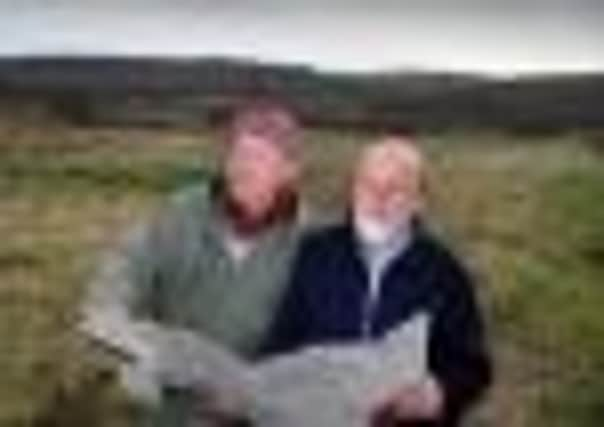Memorial planned for site of mining disaster


Mining disasters were a regular feature of society and saw men who were often from the same families or neighbourhoods wiped out in a way the nation would come to recognise during the Great War.
But unlike those who perished on the battlefield, some miners who gave their lives in often heroic circumstances have never been recognised with memorials.
Advertisement
Hide AdAdvertisement
Hide AdFor the victims of one disaster that is expected to change, however, as a result of work by a history group 150 years after the event.
Tomorrow marks that anniversary for the Edmunds Main disaster in Barnsley where 59 men and boys perished little more than two weeks before Christmas.
It would have been largely forgotten in the town, though relatives of some who died still live locally, had it not been for the work of the Worsbrough Industrial and Social History Society, which has been working to finally get a memorial established.
In recognition of the anniversary they have organised a memorial event tomorrow, with a public presentation on the disaster and a speech by the NUM’s Yorkshire area chairman, Chris Skidmore.
Advertisement
Hide AdAdvertisement
Hide AdIn future, however, they hope to establish a lasting memorial in Worsbrough to recognise the losses endured by families at Edmunds Main and several other mines during the Victorian era, where mining technology advanced but also made the industry increasingly dangerous.
The Edmunds Main disaster was blamed on rushed working, an ambition to link up the mine’s underground workings with those of nearby Swaithe Colliery, owned by the same company and regarded as the “super-pits” of their era, with deep shafts and good productivity.
A shot was fired to blast coal when safer techniques could have been used, because it was quicker.
Even when that caused an explosion and fire the miners continued to work, apparently believing they could control a fire which broke out.
Advertisement
Hide AdAdvertisement
Hide AdA further explosion proved them wrong and rescuers who went into the mine to try to help were among those who ended up lost.
Eventually the whole mine was flooded and most bodies were not recovered until months later when the pit was restored to working condition.
The disaster led to early calls for the Government to introduce safety inspections at collieries.
Edmunds Main closed before the turn of the century and no trace of the pit remains, though the telltale signs of a canal bed and bridge which carried a railway to the pit remain nearby.
Advertisement
Hide AdAdvertisement
Hide AdWork on the memorial to dead miners is advancing and the group already has a centrepiece for the structure, a 5ft tall model of a miner’s lamp which stood on the roof of the Ceag factory in Barnsley town centre, a company which manufactured safety lamps for the industry.
Group spokesman Ian Paisley said: “There is no memorial specifically for those who lost their lives at Edmunds Main and others like Darley Main.
“The lamps which were on the roof of the Ceag building are very nice, cast concrete and metal at the top.
“They are quite impressive,” he said.
The group have secured one of two which were rescued when the factory was demolished.
Advertisement
Hide AdAdvertisement
Hide AdTomorrow’s memorial is hoped to raise funds towards that project and for a second sculpture in memory of the industries which developed in the area, including mining.
“The Dove Valley was vibrant with industry at that time, although it was as beautiful a valley as it still is,” he said.
The Edmunds Main disaster was clearly a huge blow for that community, with most of the victims living locally.
“It must have been devastating. It took, apart from two, almost a year before most of the bodies were found.
Advertisement
Hide AdAdvertisement
Hide Ad“It was a village of four or five thousand people so when you got so many men and boys wiped out, it must have been a bit like a war situation,” said Mr Paisley.
“It dramatically alters the population and there was no welfare state as such, so the poverty must have been horrendous, along with the feeling of isolation.”
Tomorrow’s event takes place at the Miners’ Welfare Hall, Park Road, Worsbrough Bridge, from 11 am.
The group is trying to trace descendents of those who died and they can be contacted by email at [email protected]